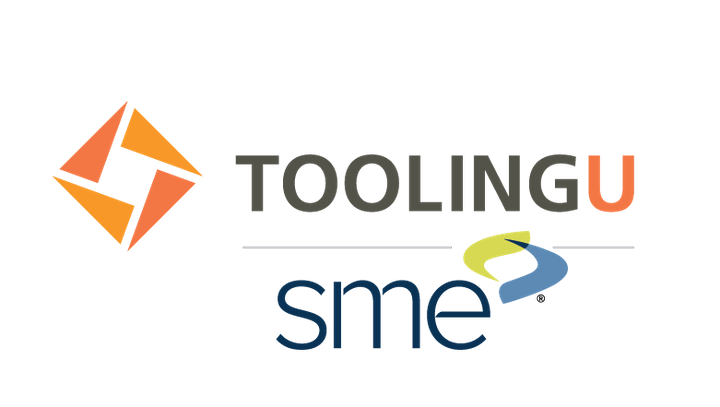This class describes different types of control charts, such as X bar, R, and P charts, and how these tools are used to determine if a process is in-control or out-of-control. Identifying and eliminating special cause variation is essential to creating quality products and reducing waste. SPC methods are an efficient, effective means to track variation and monitor processes. With SPC tools, manufacturers have the ability to find and fix issues before they lead to product problems. After taking this course, new and current personnel will understand commonly used control charts and recognize out-of-control signs, making them better equipped to contribute to quality control efforts at their facility.
Course Objectives:
- Describe how customer demands relate to product specifications
- Define statistical process control
- Distinguish between common cause variation and special cause variation
- Describe how processes are determined to be in control in SPC
- Describe the effects of variation on sample averages
- Describe the purpose of a control chart
- Describe SPC control limits
- Distinguish between control charts used for continuous data and control charts used for discrete data
- Describe the appearance and purpose of an X bar chart
- Describe the appearance and purpose of an R chart
- Describe the appearance and purpose of a P chart
- Distinguish between process capability and process control
- Identify signs that a process is in control
- Identify signs that a process is out of control
- Describe how SPC leads to process improvement.
Recommended Background
- Recommended for manufacturing personnel at all levels
Course ID
TU056
Skill Focus
Beginner
Instructor(s)
Tooling U - SME
Employee Type
New Applicants,1st level Supervisors, Operations teams, Leadership
Method of Delivery
Online
Estimated Effort
3 hrs
Cost
Contact for Price
Contact ToolingU for Course Program Details.
 Tooling U - SME
Tooling U - SME